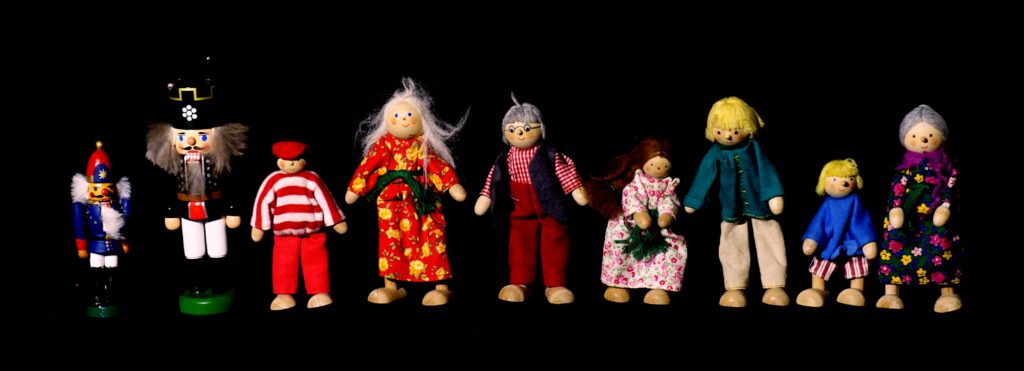Autism can be puzzling for us parents, with a common question being, why do autistic kids line things up?
In this article we delve into some of the possible reasons behind this quite unique behaviour.
Autism and lining things up
Kids with autism can have any number of repetitive behaviors, one of the most common however is lining things up.
Why do they do it?
Well this is the million dollar question and unfortunately there is no one definitive answer. As every child with autism is unique and may line things up for different reasons.
With that said however, there are some common explanations that can help us understand this behaviour.

A sense of order
One possible explanation for lining up behaviour in autistic kids is that it provides a sense of order and control.
Children with autism may struggle with changes to routine and a sense of the unknown.
Lining up objects in a specific way can help them feel more organised and in control of their surroundings.
By arranging objects in a particular pattern or order, they can create a predictable, structured environment that feels safe and comfortable.
Focus
Another possible explanation for lining up behaviour in autistic kids is that it is comforting to focus and concentrate on a task.
Children with autism may struggle with attention and may have difficulty staying on task but if they have found something they enjoy they embrace it.
Lining up objects can help them focus their attention on a specific task or goal.
By concentrating on the process of lining up objects, they can block out distractions and stay engaged with the activity for longer periods.
An intense focus on a task can also block out other less desirable factors such as noises or smells.
Repetitive behaviours
Autistic kids often find comfort in the practice of repetitive behaviours.
Similarly to the sense of order, repetitive behaviours provide consistency in what otherwise can be a confusing world.
Once they have lined up objects a couple of times then they know how it feels and looks so wish to stick to this activity.
Repetitive behaviours can help children with autism feel more secure and less anxious.
They find it fun
It is also important to note that some children with autism may line up objects simply because they enjoy it.
Lining up objects can be a fun and engaging activity for children, and they may not have a specific reason for doing it.
Should you stop them?
It is essential to consider each child’s unique interests and preferences when trying to understand their behaviour.
It is important to note lining up objects is not necessarily a negative behaviour, and it can provide comfort and enjoyment for some children.
However, if this behaviour is interfering with a child’s ability to learn or engage in other activities, it may be necessary to intervene.
How to stop them
Interventions for lining up behaviour in autistic children may include redirecting the child to a different activity.
Alternatively you could try providing different ways for them to engage in repetitive behaviours.
For example, if a child enjoys lining up objects, they may enjoy building structures with blocks.
Or you could try engaging in other activities that allow them to organise and arrange objects.
Summary – Why do autistic kids line things up?
Lining up behaviour in autistic children is a common and often misunderstood behaviour. There could be many reasons why your child does this but it is likely due to enjoying the focus and predicability of the activity.
It is essential to understand that it can provide comfort, order, and focus for some children with autism.
By providing alternative ways for children to engage in repetitive behaviours, we can help them feel more comfortable and engaged in their environment.

